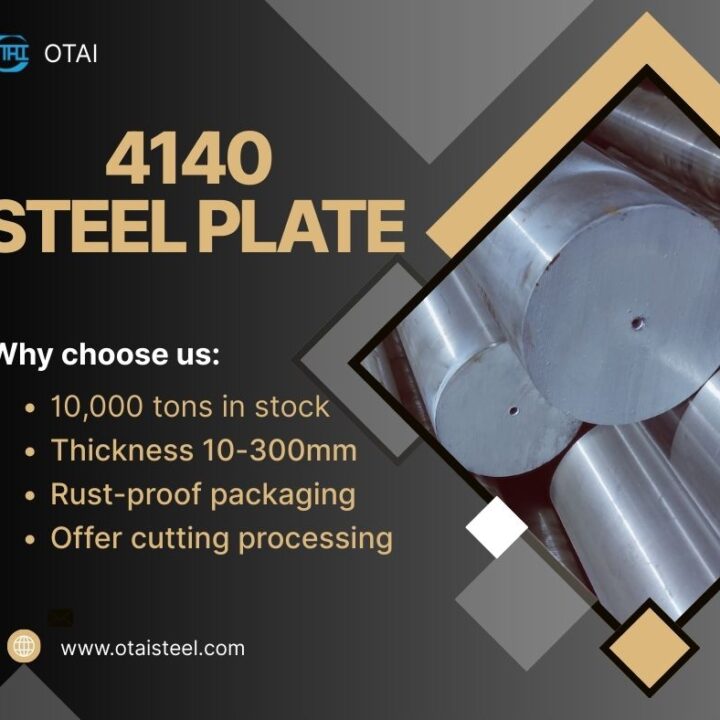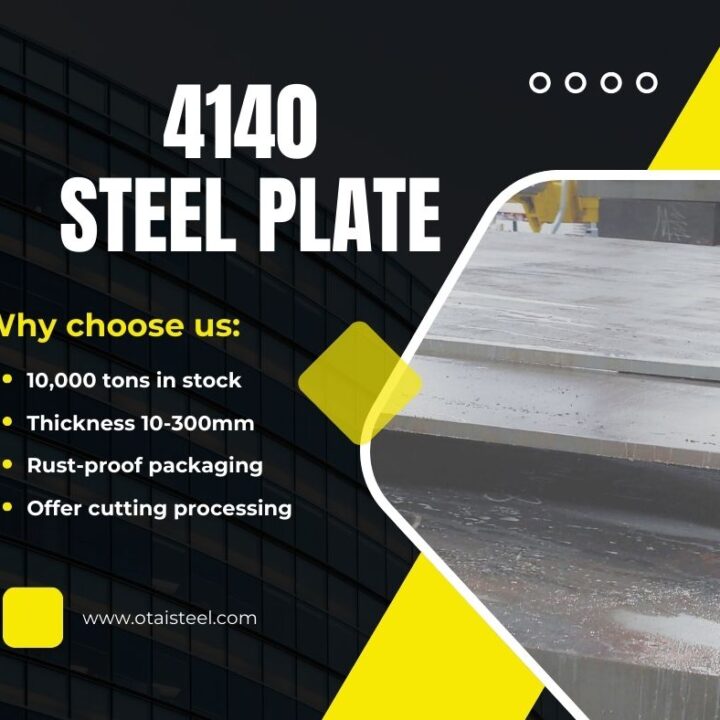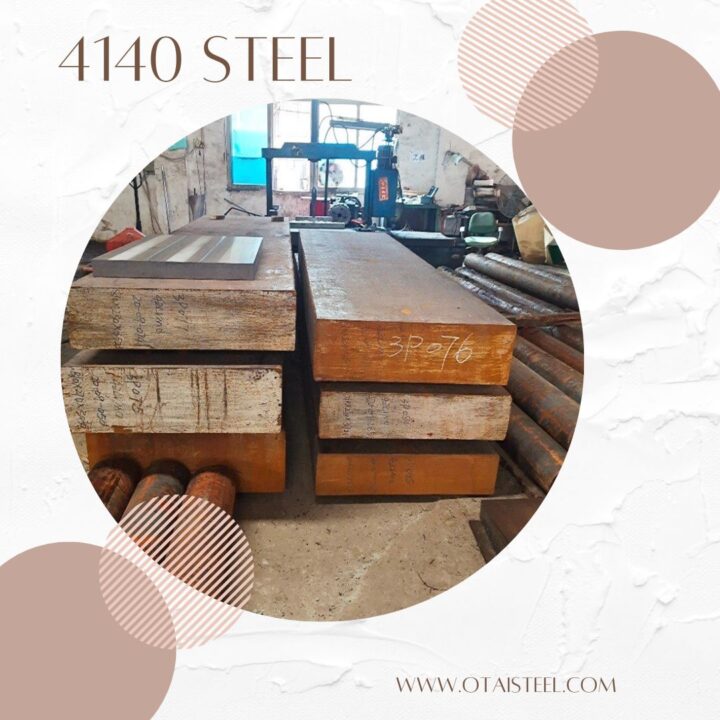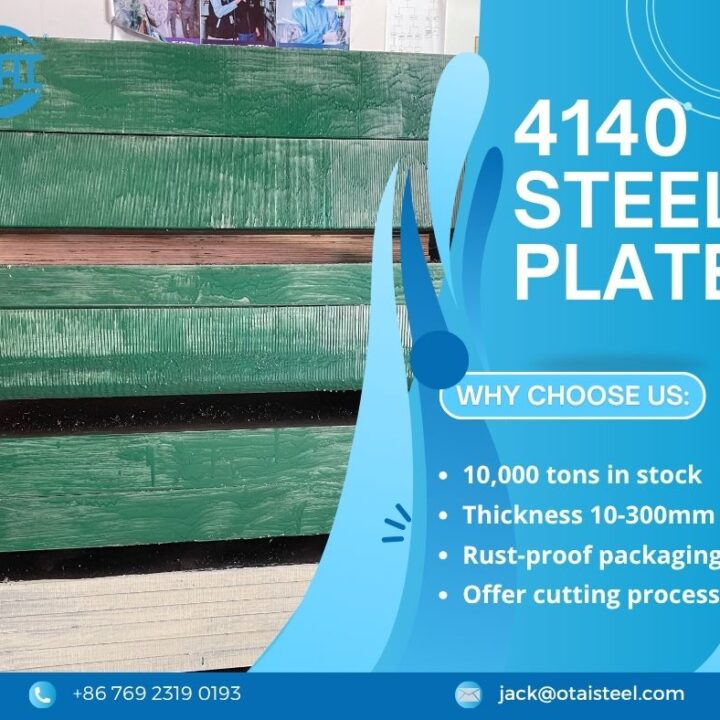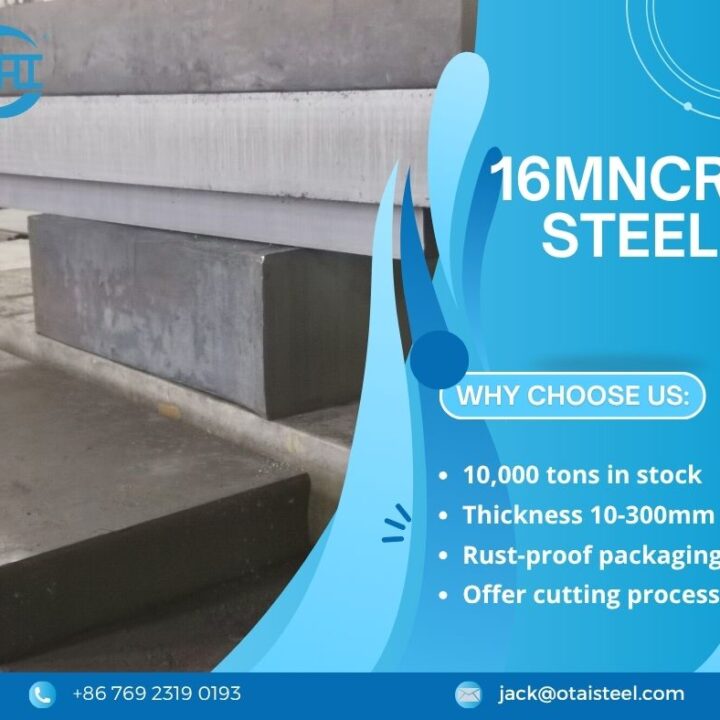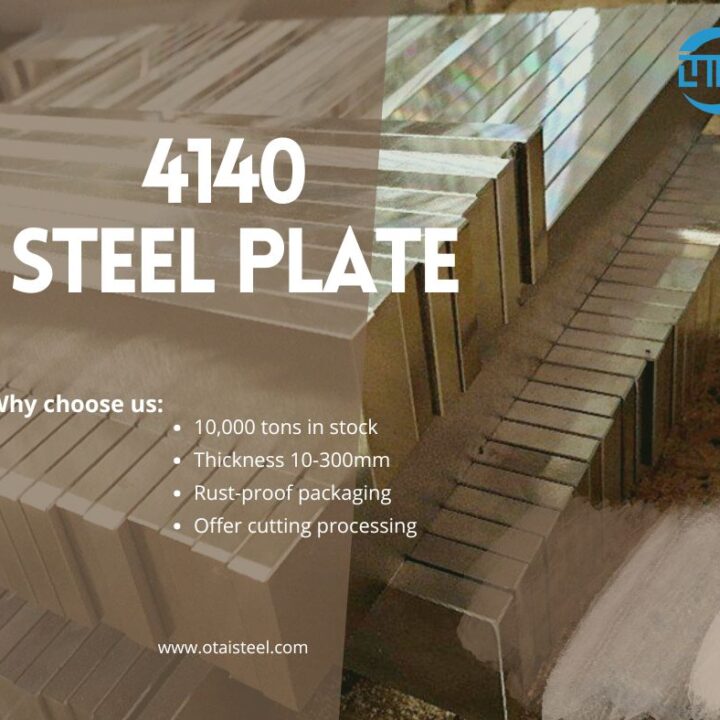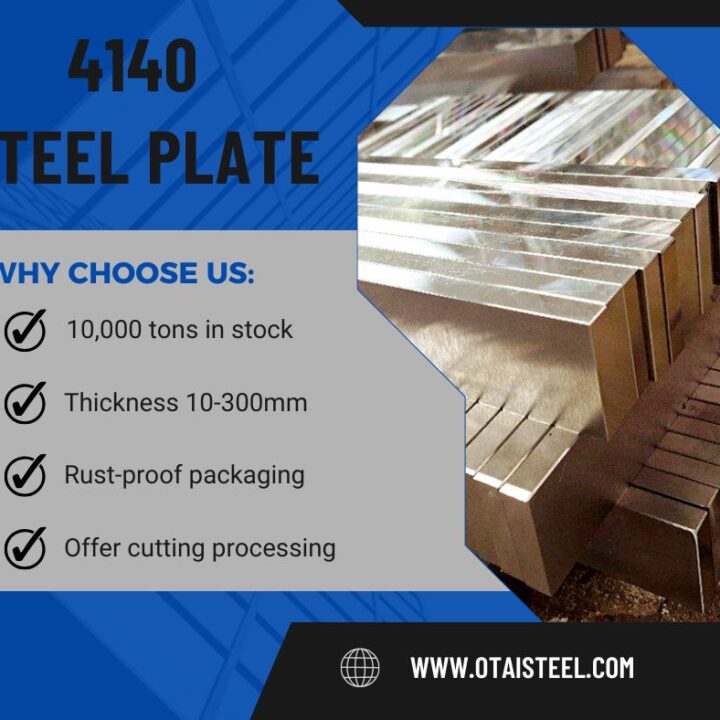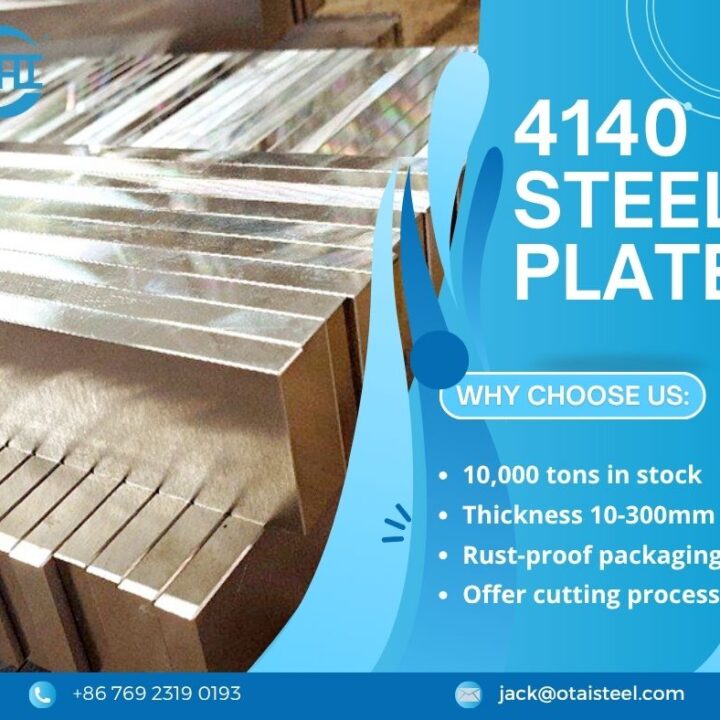The mechanical properties of non-quenched steel depend on the microstructure of matrix and the strengthening of precipitated phase.
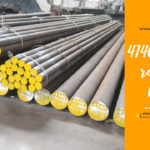
Non quenched and tempered steel introduction
High strength steel used in rolling or normalizing state.
Its microstructure is mainly ferrite and pearlite. The method to improve the strength of non-quenched steel is to refine the structure by adding alloying elements and rolling. Silicon and manganese, which have little effect on weldability and are cheap, are often used as the main alloying elements in non-quenched steel. Controlled rolling can also refine the microstructure and improve the strength and toughness of non-quenched steel.
The typical steel types of non-quenched steel
(1) For ordinary welding structures, which are used in much the same way as mild steel, including Bridges, gas tanks, high-pressure vessels, building components, lifting machinery and civil machinery, etc.;(2) high-strength steel for shipbuilding;(3) high strength steel for gas pipelines.
Non-quenched steel are added vanadium, titanium and niobium microalloying elements
It makes it dissolve in austenite during heating because the solid solubility of vanadium, titanium, and niobium in austenite decreases with cooling. The microalloying elements vanadium, titanium, and niobium will be separated from the ferrite and pearlite in the form of nitride of fine carbides. These precipitates maintain a coherent relationship with the parent phase, strengthening the steel.The mechanical properties of this kind of steel in hot rolling, forging or normalizing state not only shorten the production cycle, but also save energy.
Non-quenched steel can be divided into non-quenched steel for hot forging
Non-quenched steel can be divided into non-quenched steel for hot forging, it’s for direct cutting, and for cold working and high toughness quenched steel. Non-quenched steel used for hot forging (such as crankshaft, connecting rod, etc.), non-quenched steel used for direct cutting is directly processed into parts with hot-rolled parts, cold-working non-quenched steel is used for standard parts (such as nuts, etc.), and high-toughness non-quenched steel is used for parts requiring higher toughness.
Ms Sharon Wan
Mobile/WhatsApp: 0086-13580960968
Tel: 0086-769-23190193
Fax: 0086-769-88705839
Email: Sharon@otaisteel.com
